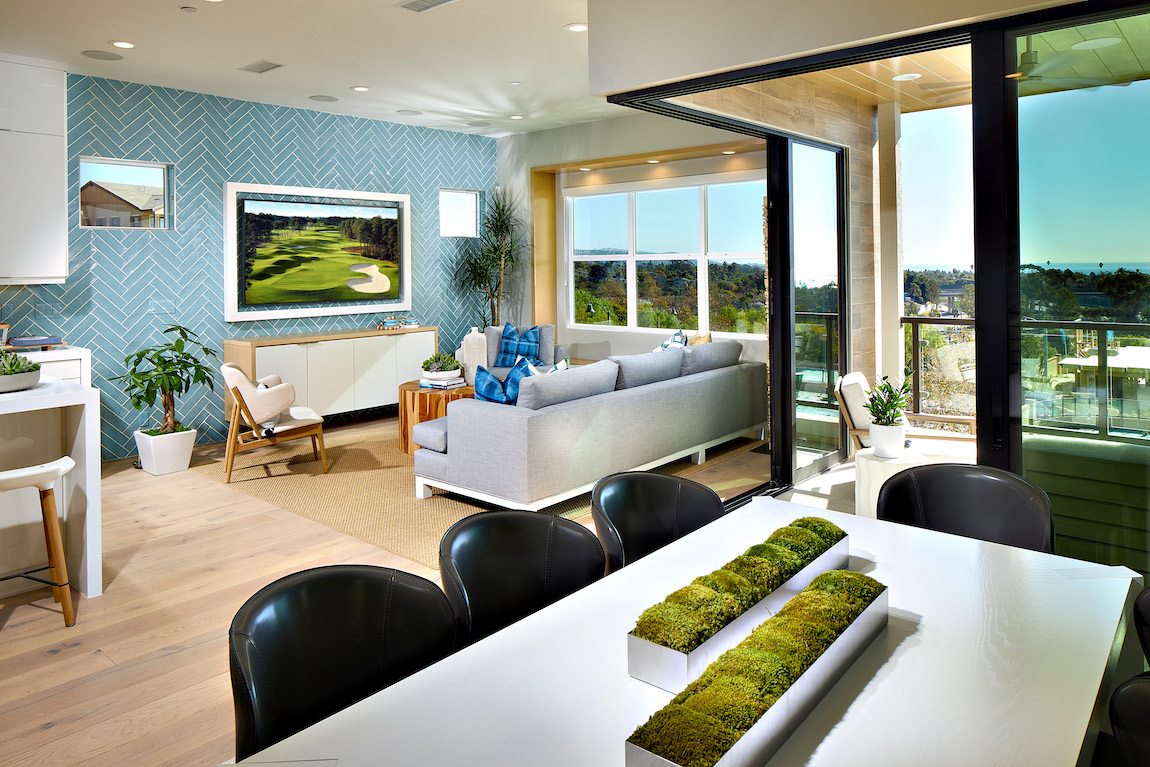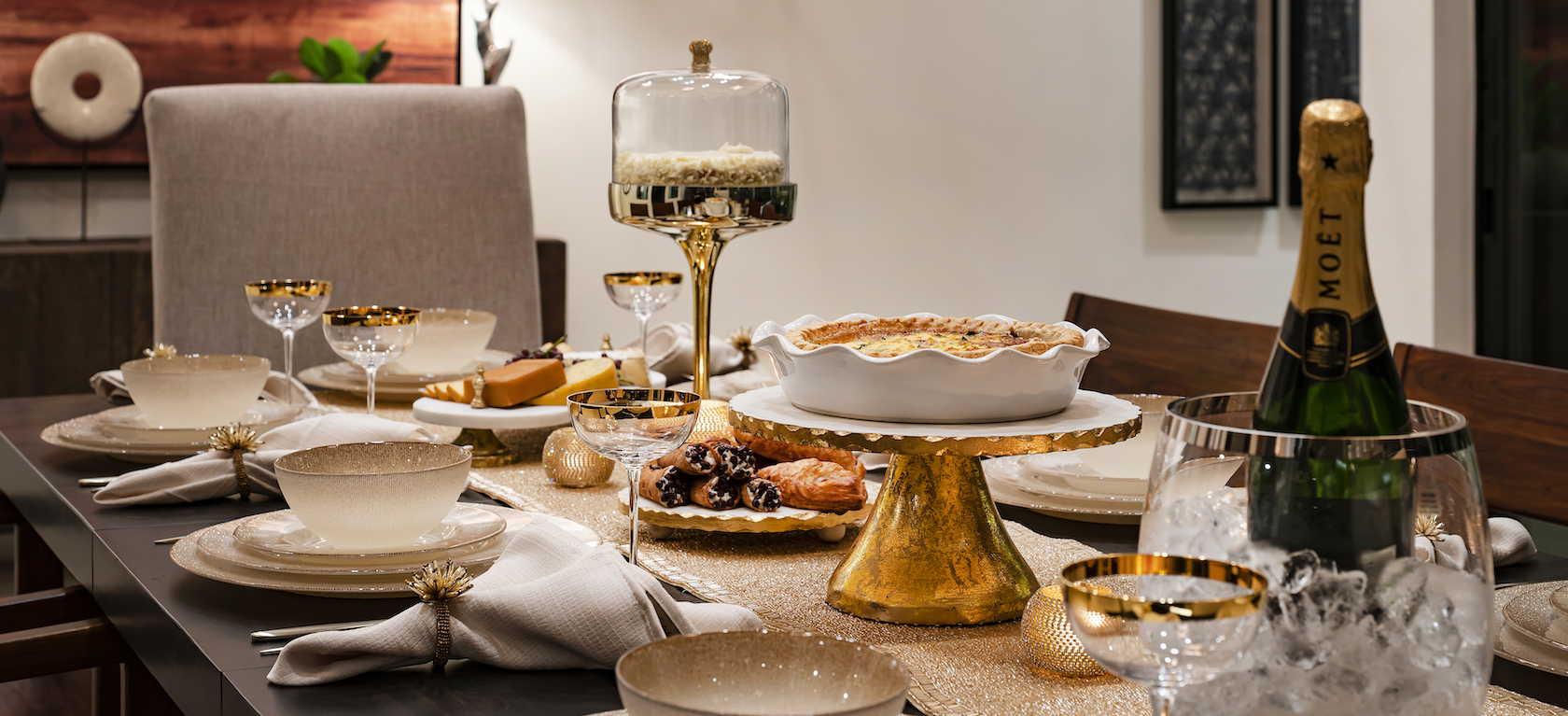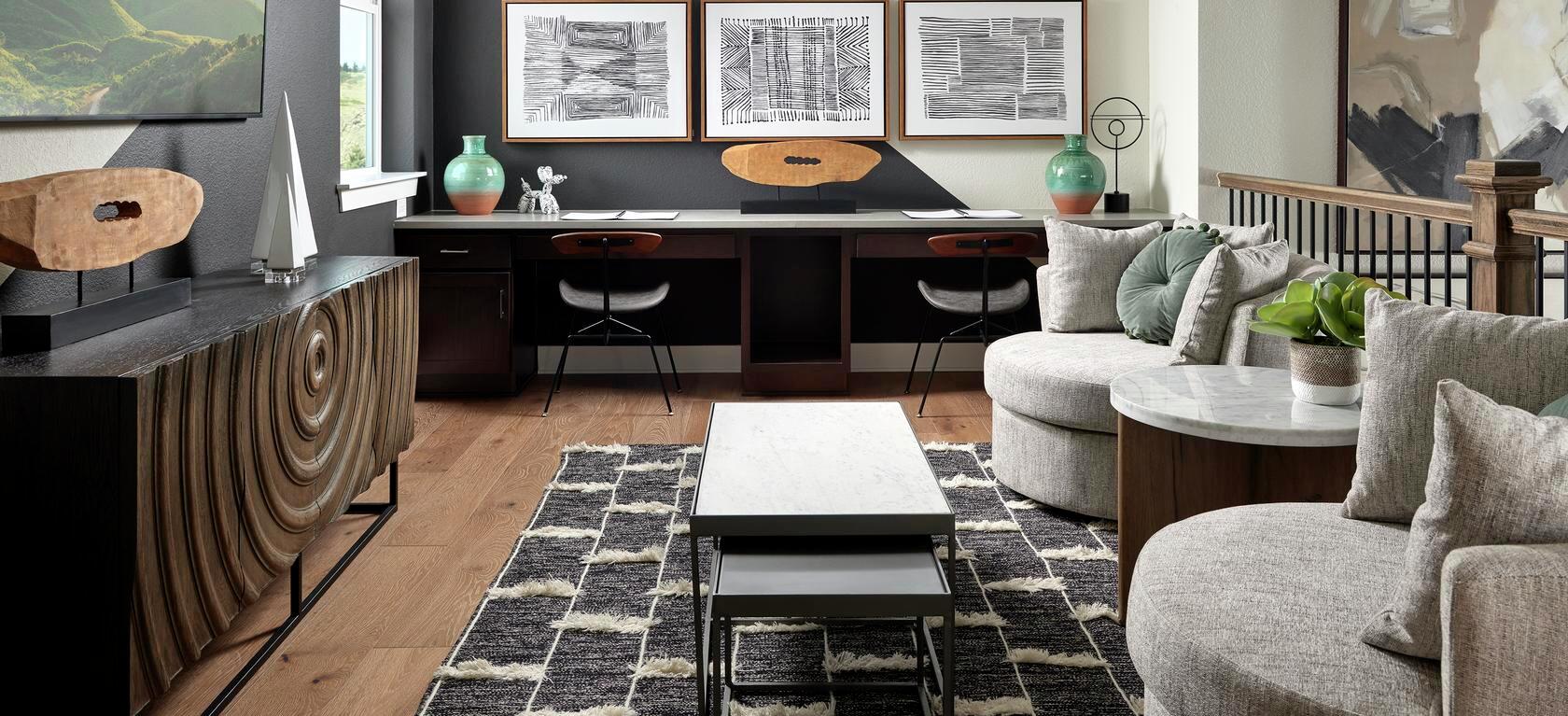The Best Interior Plants for Every Room in Your Home
Last updated on December 17th, 2024
With the help of sunlight, quality soil, and water, interior plants can add texture and life to every room in your home. Plants purify and improve the air quality by neutralizing odors and toxins, and they’re a great source of relaxation and comfort.
Even if you’re not a master gardener, you can plant easy-to-grow flowers and herbs that will flourish year-round to beautify your house and appeal to all the senses.
Adding Color to Your Living Room
If you’re looking for a low-maintenance, easy-to-grow indoor plant, consider a spider plant. It thrives in most conditions, but it prefers bright light and well-drained soil. Spider plants are one of the best indoor pollution cleaners, and because they’re non-toxic to pets, you can place attractive pots of these plants on a living room side table.
For a splash of color on your coffee table or fireplace mantel, plant gerbera daisies or geraniums and place them in an area that gets bright sunlight. These plants are also safe around pets. Air plants are a perfect choice for beginner gardeners because they require very little attention. As their name implies, they don’t even need soil, just indirect sunlight, air, and water.

Interior Plants for Dining Room Decor
Place a large rubber tree in the corner of your dining room to provide a warm, tropical feel. This plant requires low light and works hard to convert carbon dioxide into oxygen. Its large leaves help to quickly purify the air; however, this plant is toxic to pets.
For dining rooms with large bay windows or sliding patio doors, the schefflera, also known as the umbrella plant, will make a terrific focal point. Showcase your dining room table with a large pot of chrysanthemums, which will clean the air while repelling ants, Japanese beetles, ticks, silverfish, stink bugs, roaches, and other unwanted insects. They grow best in a well-lit spot but are poisonous to cats and dogs.

Interior Plants for Sunny Kitchens
Growing fresh herbs all year can enhance all of your best dishes, and most varieties do very well on a sunny windowsill or countertop. Basil and rosemary are not only delicious, but they’re also easy to grow and they repel flies and mosquitoes. Mint can be used in both food and teas, while chives can easily be snipped and added to omelets, salads, and soups. Consider planting attractive groupings of succulents in flat bowls. They require a lot of sun and add varied texture to a kitchen table or counter. Another consideration is a lemon tree. Not only is it striking in its appearance, but its fresh fragrance will infuse your sunny kitchen with delight.

Providing Freshness in Bedrooms
Many homeowners keep a snake plant in their primary suite, because it releases fresh oxygen at night, whereas many other interior plants do this during the day. Because this is another low-light plant that is toxic to pets, it’s ideal when tucked out of reach on a dresser. The pothos plant has lovely heart-shaped leaves that also purify the air. Philodendrons have stunning, large leaves and can grow anywhere, making this the perfect choice to incorporate in a tropical or beach-like atmosphere.

Bathroom Beauties
The peace lily also refreshes the air, and because it tolerates low light and produces gorgeous blossoms, it’s perfect for the bathroom. If you have a large window in your primary suite, the cascading devil’s ivy likes bright, indirect light and is easy to grow. However, both of these plants are toxic to cats and dogs. Bamboo houseplants thrive in humid environments and don’t require a lot of light.
Since all interior plants need space to grow properly, you’ll want to divide them every couple of years when their pots become cramped. The good news is you’ll have two or three plants stemming from one, which you can use to decorate other areas of your home.




